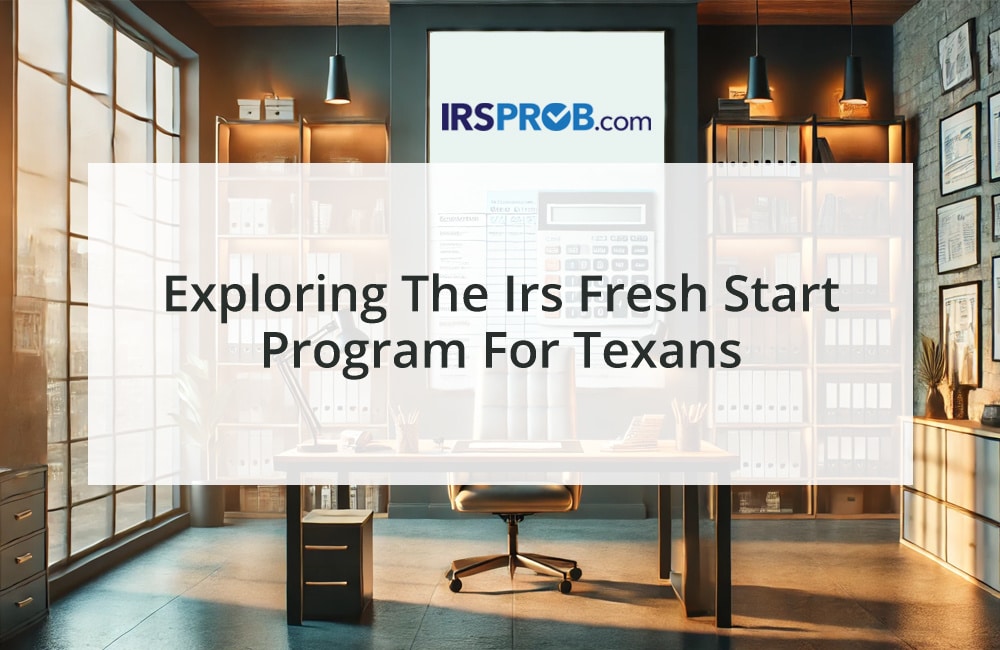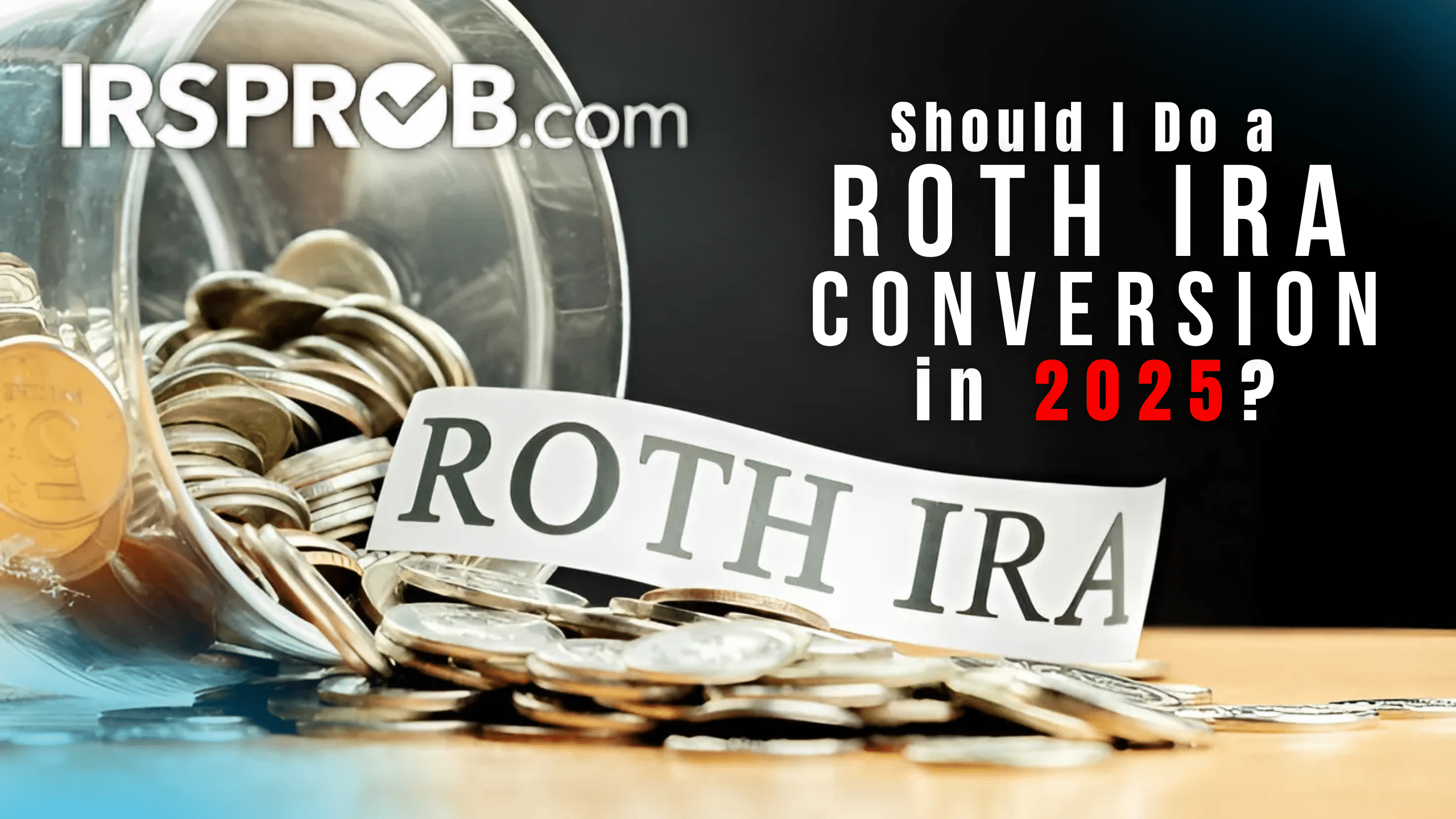
The Inflation Reduction Act of 2022 brought substantial enhancements to energy tax credits, creating opportunities for business owners to save on taxes while making energy-efficient investments. Understanding these incentives and how to leverage them is crucial for reducing liabilities and promoting sustainability.
Energy Efficient Home Improvement Credit (Section 25C)
This credit encourages property upgrades that improve energy efficiency. Here’s what business owners need to know:
Credit Amount: Covers 30% of eligible expenses, up to an annual limit of $1,200.
Eligible Improvements:
- Exterior Doors: Up to $250 per door, capped at $500.
- Exterior Windows and Skylights: Up to $600.
- Insulation Materials: Includes systems that reduce heat loss or gain.
- HVAC Systems: Central air conditioners, water heaters, and furnaces qualify for up to $600.
Additional Benefit: Up to $150 for home energy audits, which help identify further energy-saving opportunities.
By upgrading property with qualifying materials and systems, business owners can not only reduce utility bills but also lower their taxable income.
Residential Clean Energy Credit (Section 25D)
This credit supports investments in renewable energy systems for residential properties, offering significant financial incentives:
Credit Amount: 30% of the installation costs for systems placed in service between 2022 and 2032.
Eligible Systems:
- Solar electric panels and solar water heaters.
- Wind turbines and geothermal heat pumps.
- Fuel cells and battery storage technology (starting in 2023).
This credit has no annual or lifetime dollar limit, except for fuel cell property. For business owners with residential rental properties, these upgrades can enhance property value and reduce long-term energy costs.
Strategic Considerations for Business Owners
Timing: Plan installations to align with tax year deadlines to ensure eligibility.
Documentation: Keep detailed records of expenses and certifications to substantiate claims.
Consultation: Work with tax professionals to navigate the complexities of these credits and maximize savings.
By taking advantage of these enhanced energy tax credits, business owners can achieve significant tax savings while contributing to a greener future. These incentives are not just about reducing taxes—they’re an investment in energy efficiency that pays dividends over time.









